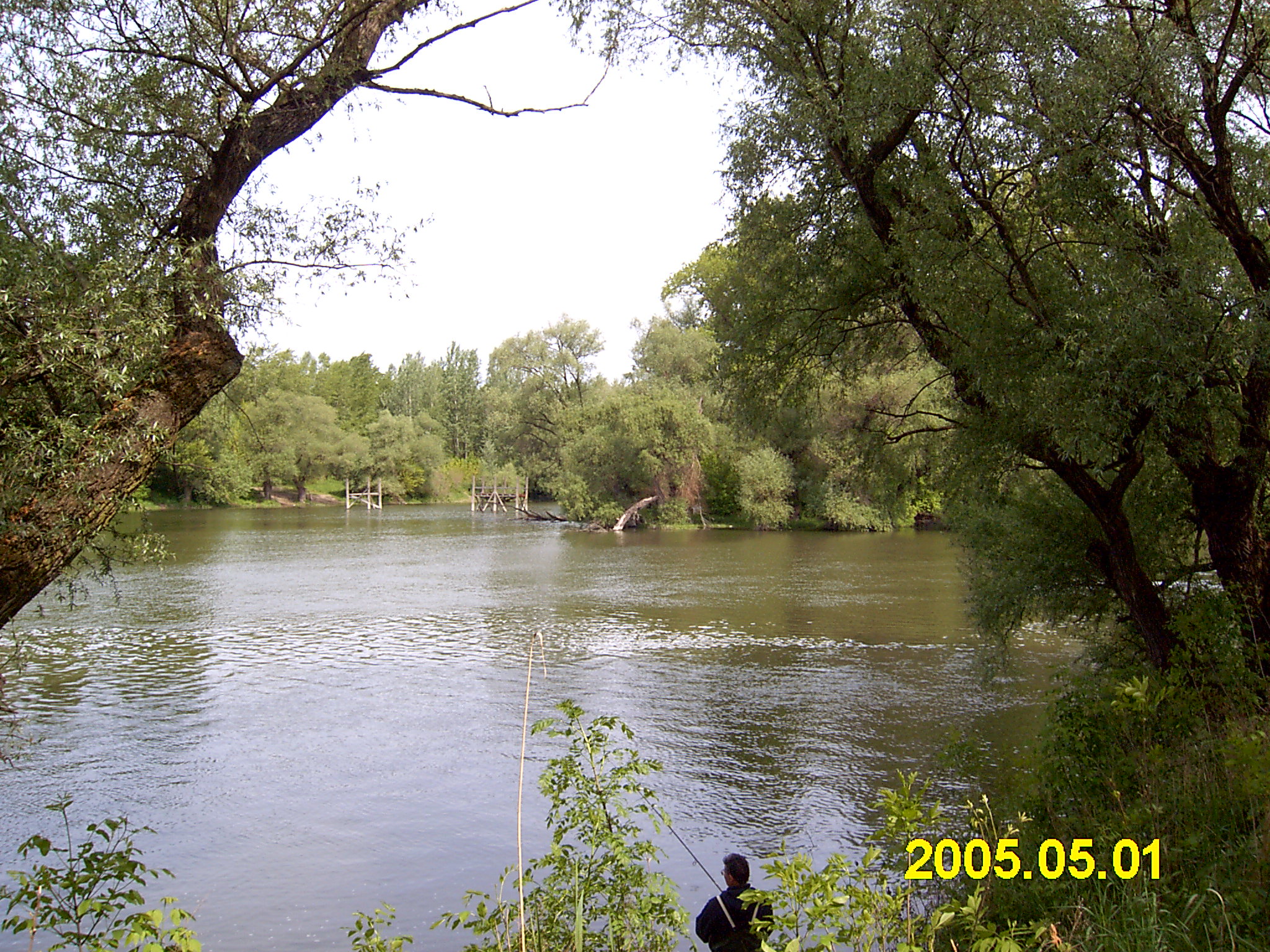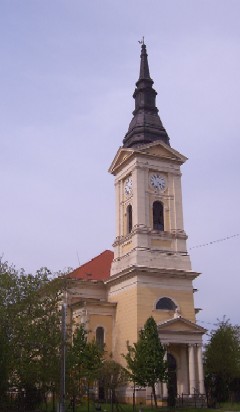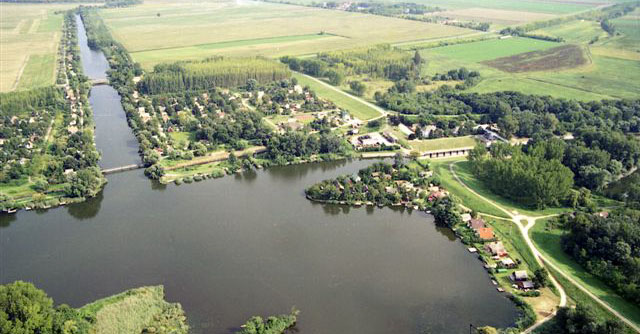Tass

Tass is the place of the lock, the south entrance of the branch of the Danube of Ráckeve.
You can find it here the lock-gate times: HERE!


The church of Tass
Tass the fishing paradise
The big part of the natural environment is untouched because there are no industrial establishments'. The bank of Danube and the floodplain forests' silence attract thousands of fishermen and the vacationers. That’s why they people all around the country call the village the fishing paradise.
Many different kinds of fishes live in the three waters: the branch of Danube of Ráckeve, the old Danube and the Watering Main Channel of Kiskunság. The last water traditional local name is Bakér. This encompasses the village as living water since ancient times. In this manner you can find valuable fishing places in the downtown too.
If you want to swim or windsurf you can do that for free in the beach. The Danube embankment area most of the part is resort area. It is properly supplied with public utilities and other services.

The beginning of Watering Main Channel of Kiskunság and the end of the branch of Danube of Ráckeve.
History of Tass
Tass lies on Bács - Kiskun county northern border and the opposite of the south part of the Csepel Island. It got its name from Árpád’s sovereign's grandchild. The tass word is an origin Old Turkish word, and it means rock. It was king István’s Stephen) domain after the Hungarian conquest. Further on he donated it to the Veszprém valley nuns.
We know from an 1109 document that village belonged to the people who were around the royal table as a food carrier and the person in charge of treasury. At the beginning of the reformation Tass is converted to Calvinist faith. It has already had priest since 1628. They built their first church in 1644. The today still exist house of God is the third which was built in between 1886 - 1888 by Benkó Károly architect's plans.
The historians mention it among the illustrious event when Liszt Ferenc stayed as guest at the so-called noble castle. They kept the military exercises here in 1909. Ferenc Ferdinand the heir of the crown commanded it. The village's child Földváry Gábor is the builder for the first National Theatre and institute for the blind of Budapest.
Darányi Ignác who creates agricultural Museum and the Institute of Geology stayed on his estate in Tass many times. He was the Agricultural minister between the two world wars. Hóman Bálint, one of the largest historians in the XX century lived in Tass by fits and starts and prepared his scientific words. His ashes were buried to the final rest in the reformed cemetery in Tass









